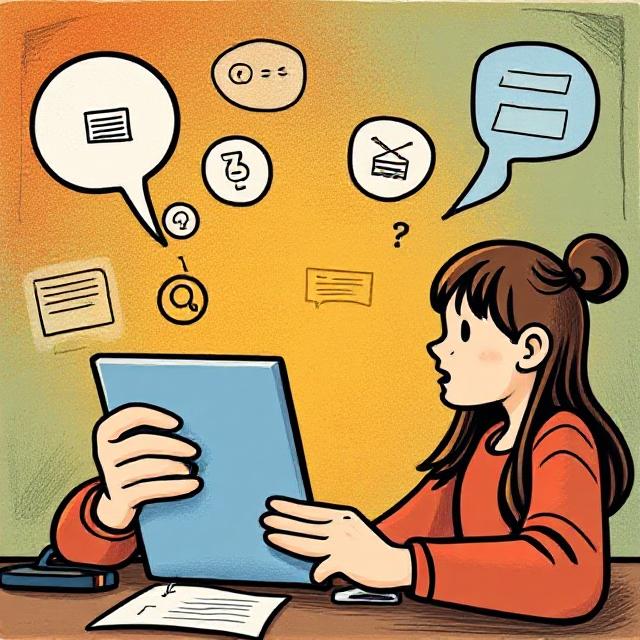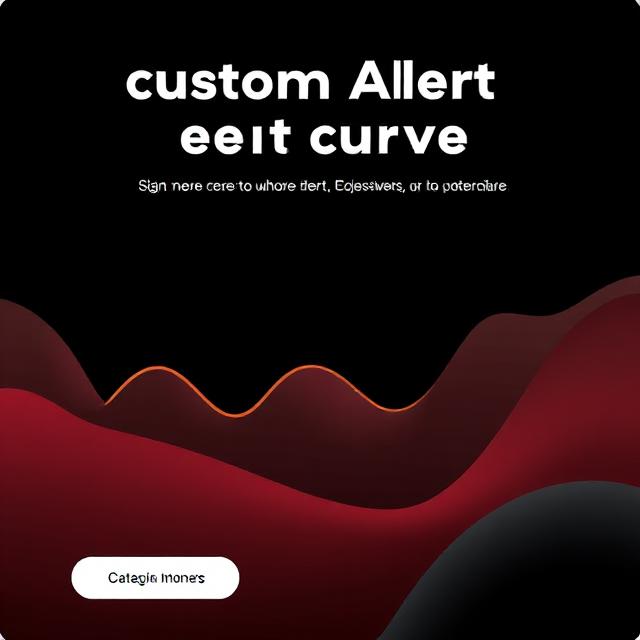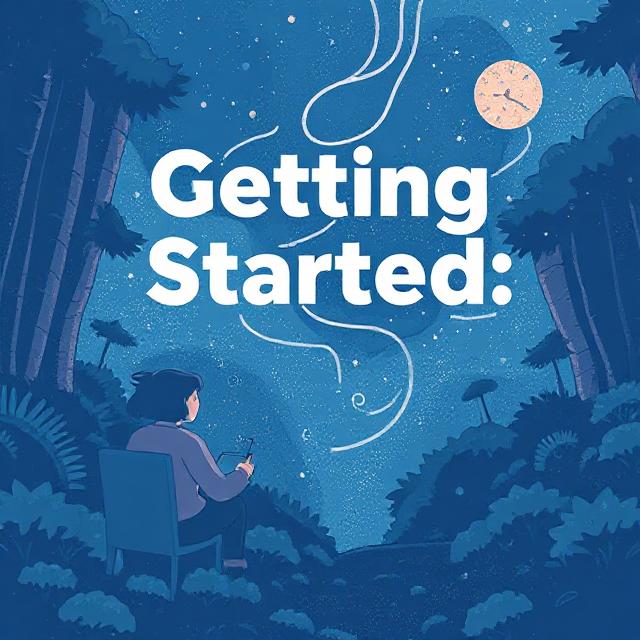Keeping up with reliable current affairs has quietly become a core academic skill. 📚 Whether a classroom debate, a scholarship essay, or a competitive exam, teachers and test‑setters increasingly expect students to cite fresh, verified information. But scrolling endless feeds or waiting for the evening bulletin wastes precious study time.
Enter the “Instant News Tool”—a single, customizable dashboard that curates bite‑sized, fact‑checked headlines from trusted sources in real time.
Below, we explore why every student—from Class 7 to university—should add this digital companion to their toolbox today.
1. Saves Time Without Sacrificing Depth 🕒

Traditional news surfing demands hopping between sites, dodging click‑bait, and reading lengthy narratives. Instant tools (think Inshorts or Feedly‑style apps) deliver:
- 60‑word summaries that respect revision schedules.
- One‑tap links to the full article for deeper dives.
- Category filters (science, polity, world events) so you read only what matters to your syllabus.
A typical student recovers 30–45 minutes daily—time that can pivot to practice questions or rest.
2. Boosts Exam & Assignment Scores 🎯
Competitive exams such as UPSC Prelims, NTSE, or school GK quizzes routinely test “news within the last six months.” By scheduling daily five‑minute reading slots, you build a habit of incremental learning that sticks better than cramming the night before.
Teachers appreciate essays sprinkled with recent statistics and fresh case studies. An instant news tool feeds you data points (“UNESCO’s 2025 literacy report highlights…”) ready to slot into answers for extra credit.
3. Sharpens Critical‑Thinking & Media Literacy 💡

Every summary inside a quality tool cites its original publisher, date, and author. That transparency teaches students to:
- Check source credibility.
- Detect bias or one‑sided framing.
- Compare multiple outlets on the same story.
Those are the very competencies flagged in NEP 2020’s vision for “21st‑century skills.”
4. Custom Alerts Keep You Ahead of the Curve 🚀

Set keyword alerts—“Artificial Intelligence,” “Nobel Prize,” “Climate Policy.” The app pings you the moment a story breaks, ensuring seminar presentations or debating society speeches include up‑to‑the‑minute facts. No more frantic Googling ten minutes before you speak.
5. Offline & Multilingual Support 🌐
Many tools now cache summaries for reading during commutes or poor connectivity. Several offer Hindi, Bengali, or regional‑language digests—a boon for CBSE students who must reference both English and Hindi sources in Social Science assignments.
6. Protects Mental Health by Filtering Noise 🛡️
Endless doomscrolling can spike anxiety. Curated dashboards limit exposure to sensationalism and violent imagery. You choose how much you read and when, maintaining control over your emotional bandwidth.
7. Easy Integration With Study Routines 📝
- Morning brief (5 min): Skim top headlines with breakfast.
- Lunch break (3 min): Save impactful stories to a “research” folder.
- Evening wrap‑up (5 min): Read full versions of the two most relevant articles and jot bullet points in your revision notebook.
Ten to fifteen minutes total—yet you remain the most informed voice in class. 🏆

Getting Started: A Quick How‑To 🔍
- Download any reputable instant news app from Google Play or iOS (ensure 4★ + rating).
- Select topics aligned with your curriculum: Environment, Economy, Science & Tech.
- Enable daily digest notifications—choose a quiet time like 7 a.m.
- Create a tag (e.g., “Essay Examples”) for bookmarking high‑quality analysis pieces.
- Review weekly: On Sundays, export highlights into your digital notes app (Notion, Evernote) for easy citation later.
Final Thoughts 💬
In 2025, information travels faster than any textbook update cycle. Students who adopt an instant news tool today future‑proof their knowledge base, build sharper arguments, and reclaim valuable hours for deeper learning—or well‑deserved rest. 🌟
So go ahead, press install, and let smartly curated headlines work for you. Your next debate trophy or A‑grade essay might just be a 60‑word summary away!

